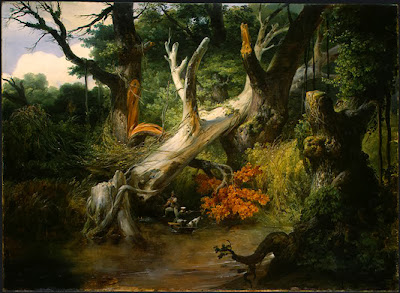The title was used outside its traditional noble sense in some of the publications praising Garibaldi during the Unification of Italy in 1860, though not taken up officially by Garibaldi himself.
'Duce Supremo' ("Supreme Leader") was more formally used by Victor Emmanuel III in 1915, during World War I, referring to his role as the commander in chief of the armed forces. The term was also used by Gabriele d'Annunzio as dictator of the self-proclaimed Italian Regency of Carnaro in 1920, and most significantly by the Fascist dictator Benito Mussolini. The painting 'Il Duce' by Gerardo Dottori represents Mussolini, and the title 'Il Duce' has become associated with Fascism and is no longer in common use other than in reference to him. Because of modern anti-fascist sentiment, Italian speakers in general now use other words for leader, mainly including the English loanword. However, the term duce survives as an antonomasia for Benito Mussolini.
Tai gal sykiu su duče italai neteko itališko kunigaikščio vardo?
Baikit - išsisuko, visiškai lengvai.
Duca.
Senovė?
Kažin.
Kažin.
Va senovė.
Va senovė.
1 dū̃kis sm. (2) K
P.S. Kaipgi susilaikysi nepaedukavęs:)
1. dūkimas, dūka, siutas: Ją paima dūkis rš. Protarpiais jai užeidavo dūkis rš. Šis, akis užsipylęs ir dūkiù svyrinėdams, ... dar būrų giria vagystę K.Donel.
2. siautimas: Tai vaikų dū̃kis DŽ.
.
.
P.S. Kaipgi susilaikysi nepa
2 ×dùkas (l. ducha) sm. kinkomasis lankas: Pakinkyk arklį su nauju dukù, kad gražiau atrodytų Krp.
3 ×dukas (l. duk) sm. kunigaikštis: Dukai – kunigaikščiai, katrie viešpatavo anuose laikuose ant Žemaičių ir Lietuvos TŽVI404(Nz).
O dabar...
Nebėr tokių padūkėlių...
O dabar...
Nebėr tokių padūkėlių...







Komentarų nėra:
Rašyti komentarą